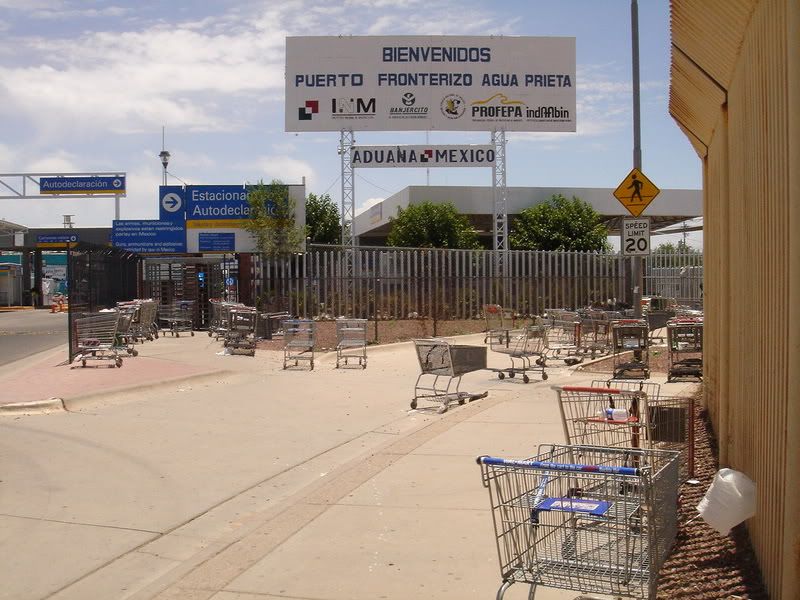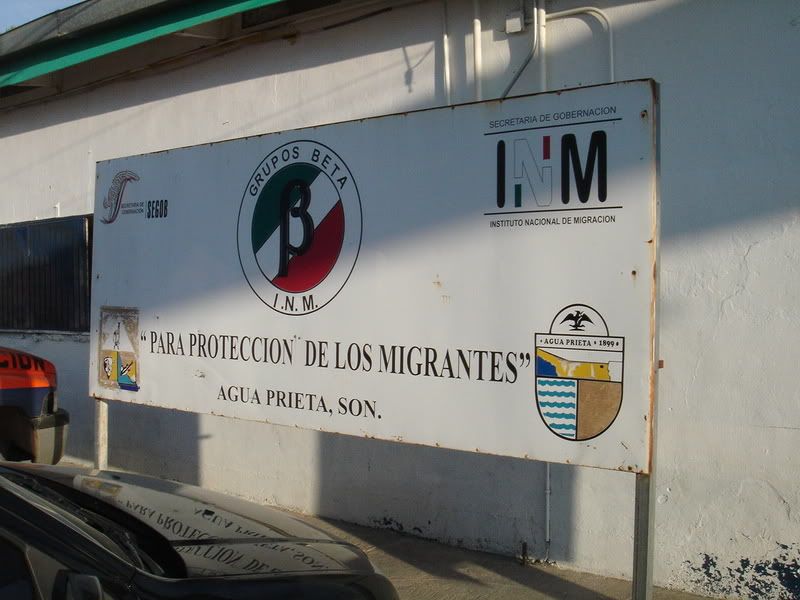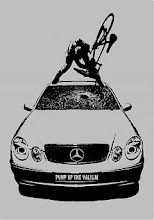Many Mexican nationals are able to cross the border into the U.S. for short periods of time on visitor passes. If you own property, or have other ways to prove that you will return to Mexico you can obtain these passes. These are commonly used to allow residents of border cities to cross into the U.S., to shop at stores such as Walmart. Upon entering into Agua Prieta at the checkpoint, you must negotiate a sea of Walmart shopping carts disguarded at the border, as they will not fit through the turnstyles.

A common scene of the sea of Walmart carts left at the turnstyles into Mexico
1000s of people therefore pass the migrant center, including tourists. But it is clear when a group of recently deported migrants are passing. The first clear sign is that they will be missing their shoelaces. The border patrol makes each person remove their shoelaces, I assume to reduce the risk of causing self harm, and to make it harder to run. Commonly the groups will also be wearing mostly dark clothing to help them remain invisible whilst crossing the desert at night.
Many well dressed men will also hang around outside the center. These I came to realize are commonly the coyotes, waiting for the group who has been recently deported to be sent back into Mexico, most likely to try and cross again the same day or night, or soon thereafter. If they are lucky, migrants will be given a few chances to cross for the one initial payment. Close-by are a line of taxis. Though apparently for public use, I was informed that their primary purpose (and almost sole purpose) is to transport groups back to the crossing point where their coyote has chosen to attempt to re-enter the U.S.
Beside the migrant center is the Aduana, the Mexican customs. Here any migrant that is found not to be from Mexico, but from Central America is held. It is illegal for migrants outside of Mexico to be in the country, so they face a second round of interrogation and deportation. They are huddled onto another bus headed south. Many will lie and say they are from southern Mexican states such as Oaxaca or Chiapas in the hope that the Mexican government will believe they are from Mexico and let them go.
As groups pass the center, volunteers inform them that there is food, water and medical assistance free of charge, and a place to rest. Many have been in the desert for days, without water or food, which is further denied once they are captured by the border patrol. Many are apprehensive about coming in, believing it will cost money, or that the government is behind the center's operation. Others are hurried on by their coyote and are not allowed to rest.
Across the road is the Grupo Beta, an organization funded by the Mexican government to give information to migrants about to cross, or who have been recently deported. They also offer discounted bus tickets to those wishing to return home, often to the southern states of Mexico. Further away are a number of churches and non-profit spaces that offer shelter for migrants (commonly male, female, or youth only). People can stay there for few nights, or longer if they are injured badly.

Outside Grupo Beta in Agua Prieta

No comments:
Post a Comment